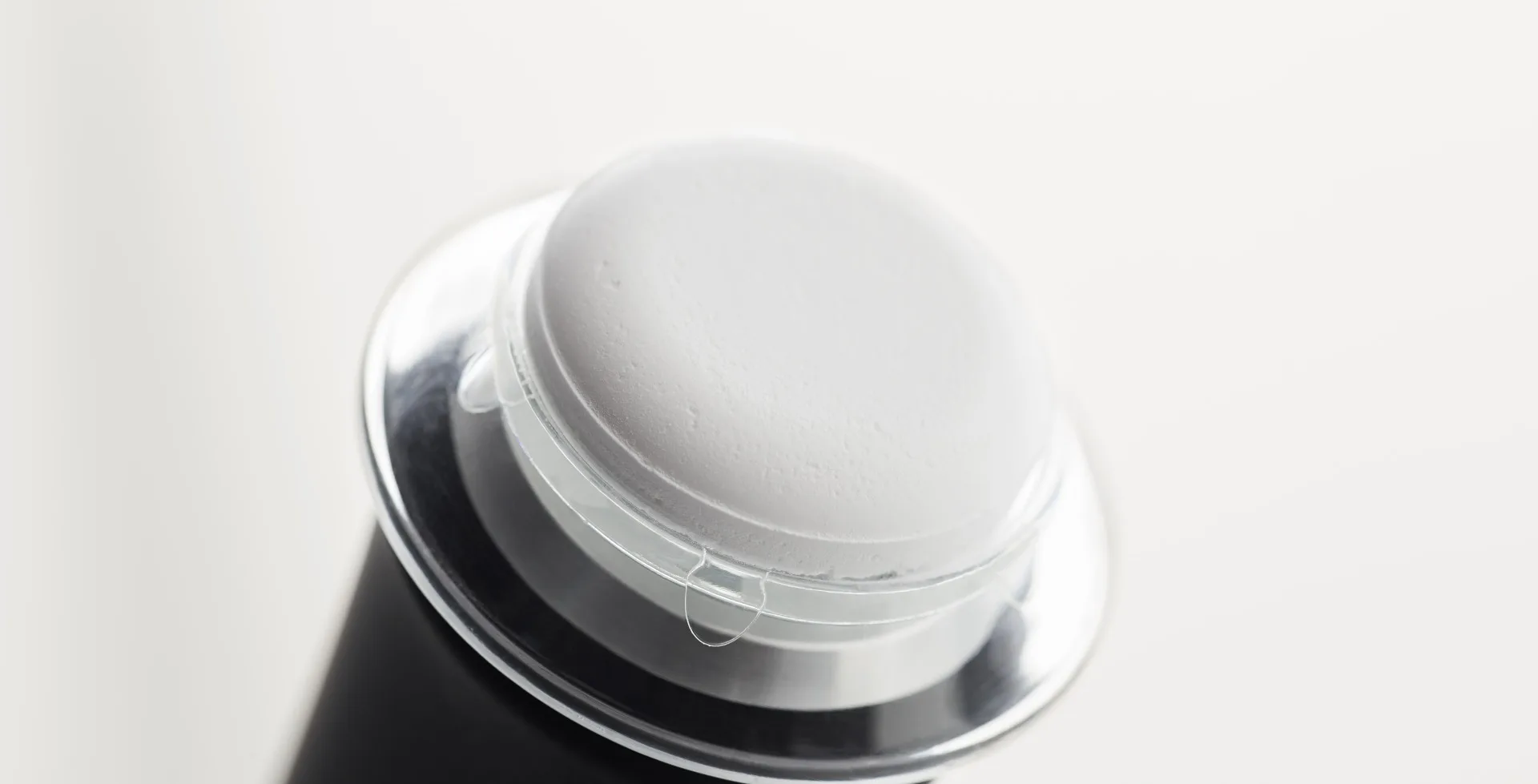BACKGROUND: Recently popularized in the field of cosmetic dermatology, subcutaneous carbon dioxide (CO2) injections have been shown to improve the skin’s appearance by augmenting oxygen delivery and thereby aiding cellular metabolism and neocollagenesis. However, they carry several risks and cannot be used on the entire face, leaving them best suited for the treatment of localized skin concerns. To combat these issues, a less invasive CO2 facial suited for full-face treatment has been developed, though its efficacy in oxygenating the skin has not been thoroughly investigated.
See also: Pollogen Oxygeneo Technology
OBJECTIVE: The aim of this study was to evaluate the ability of the CO2 facial to oxygenate the skin.
METHODS AND MATERIALS: Twelve patients were enrolled in this split-face study. They were treated one week apart with a CO2 facial on one side of the face and particle-free microdermabrasion on the other. Measurements of transcutaneous oxygen tension (tcPO2) were recorded at baseline and after each treatment. Statistical significance was assessed by comparing the average tcPO2 difference in mmHg following microdermabrasion and after a carbon dioxide facial using a 1-tailed paired t-test (α = 0.05).
RESULTS: The average increase in tcPO2 after CO2 facial treatment was statistically significantly greater (p = .0252) than after microdermabrasion.
CONCLUSION: Carbon dioxide facials improve skin oxygenation immediately following treatment, attributable to the generation of an artificial Bohr effect. Read More >>








